PPT-What’s in a device driver?
Author : pasty-toler | Published Date : 2017-05-07
Role of the OS Protect data and resources file permissions etc Provide isolation virtual memory etc Abstract away details of hardware Processes use stdin not keyboard
Presentation Embed Code
Download Presentation
Download Presentation The PPT/PDF document "What’s in a device driver?" is the property of its rightful owner. Permission is granted to download and print the materials on this website for personal, non-commercial use only, and to display it on your personal computer provided you do not modify the materials and that you retain all copyright notices contained in the materials. By downloading content from our website, you accept the terms of this agreement.
What’s in a device driver?: Transcript
Download Rules Of Document
"What’s in a device driver?"The content belongs to its owner. You may download and print it for personal use, without modification, and keep all copyright notices. By downloading, you agree to these terms.
Related Documents

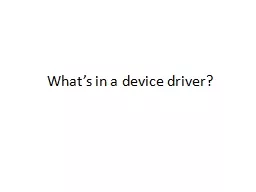
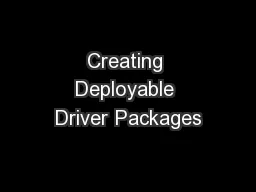

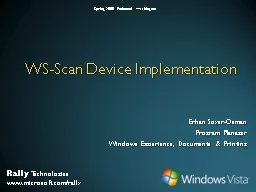

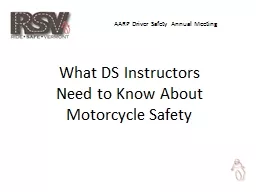
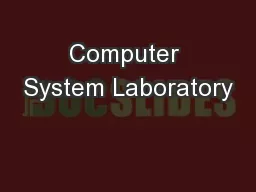
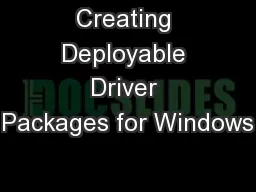
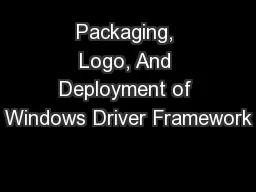

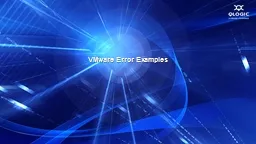
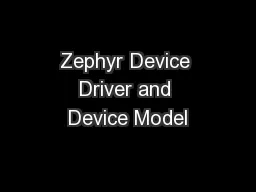
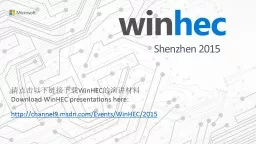
![USB Device Redirection [MS-RDPEUSB]](https://thumbs.docslides.com/1051561/usb-device-redirection-ms-rdpeusb.jpg)